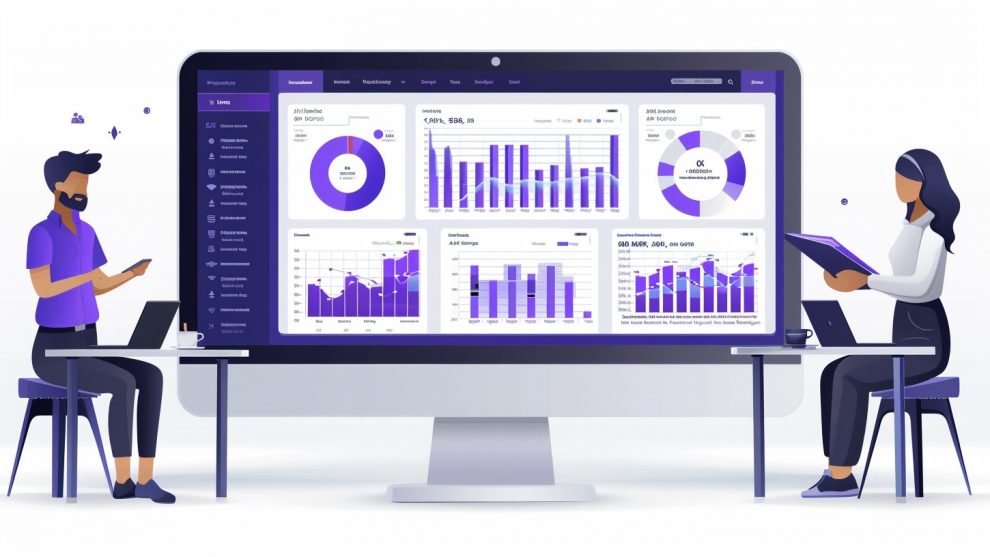In today’s world of technology and data, hiring processes are becoming increasingly innovative. Predictive analytics is revolutionizing recruitment by using data-driven insights and AI recruiting tools to attract, engage, and hire top talent more efficiently. This advanced approach helps organizations identify ideal candidates, reduce hiring costs, and improve employee retention. Learn how it’s transforming traditional recruitment methods in this blog.
What is predictive analytics in recruitment?
Predictive analytics uses data, statistical models, and machine learning to forecast future outcomes based on historical trends. In recruitment, it analyzes vast datasets — such as resumes, assessments, interviews, and more — to predict a candidate’s suitability, job performance, and cultural fit within an organization.
By harnessing this powerful tool, recruiters can make smarter, data-driven hiring decisions, eliminating much of the uncertainty in identifying the right talent.
The impact of predictive analytics on recruitment
Predictive analytics is transforming the recruitment process:
1. Improving quality of hires
Predictive analytics, powered by recruiting AI, helps organizations identify key traits of top performers and use these insights during hiring. By comparing candidate data to successful employees, recruiters can make better decisions about who is most likely to excel. This leads to higher-quality hires and stronger performance, benefiting both employees and the company.
2. Speeding up time-to-hire
Recruitment can be time-consuming, but predictive analytics automates tasks like resume screening and ranking candidates by skills. This lets recruiters focus on high-potential talent, streamlining the process and moving top candidates through faster.
3. Improving candidate screening
Traditional screening relies on manual, subjective evaluations. Predictive analytics brings a data-driven approach, using algorithms to objectively assess factors like experience, performance, and cultural fit. This reduces bias and ensures only the best-suited candidates move forward.
4. Reducing employee turnover
Hiring the right talent is just as important as keeping it. Predictive analytics analyzes workforce data to pinpoint factors driving satisfaction and retention, such as work-life balance or career growth opportunities. With this insight, businesses can make smarter hiring decisions and build a loyal, engaged team.
5. Forecasting workforce needs
Predictive analytics can anticipate future hiring needs by analyzing market trends, attrition rates, and business growth. This proactive approach ensures companies are ready with the right talent, avoiding last-minute staffing gaps.

6. Boosting diversity and inclusion
Predictive analytics fosters diversity by reducing bias in hiring. By focusing on objective, data-driven assessments of skills and qualifications, it minimizes the influence of factors like gender or ethnicity. The result is a more inclusive, innovative workforce.
How predictive analytics is changing recruitment
Predictive analytics is shaking up the hiring game by using data and algorithms to predict candidate success:
1. Smarter resume screening
Predictive analytics takes the hassle out of resume reviews by scanning for the skills and traits that match the job. It saves recruiters time and ensures only the best candidates move forward.
2. Candidate scoring
With predictive analytics, candidates get scores based on their qualifications, experience, and how well they fit the role. This makes it easy to spot top talent and prioritize them for interviews.
3. Assessing personality and culture fit
Predictive tools look at candidates’ traits and behaviors to see how well they’d fit with the company culture. Using data from past employees, these tools help improve team dynamics and boost success.
4. Foreseeing interview performance
By analyzing past interviews, predictive analytics can give insights into how candidates might do in future ones. This helps recruiters ask better questions and make smarter hiring decisions.
5. Insights after hiring
Predictive analytics doesn’t stop after hiring — it tracks things like performance, engagement, and satisfaction. These insights make it easier to improve retention and set new hires up for long-term success.

